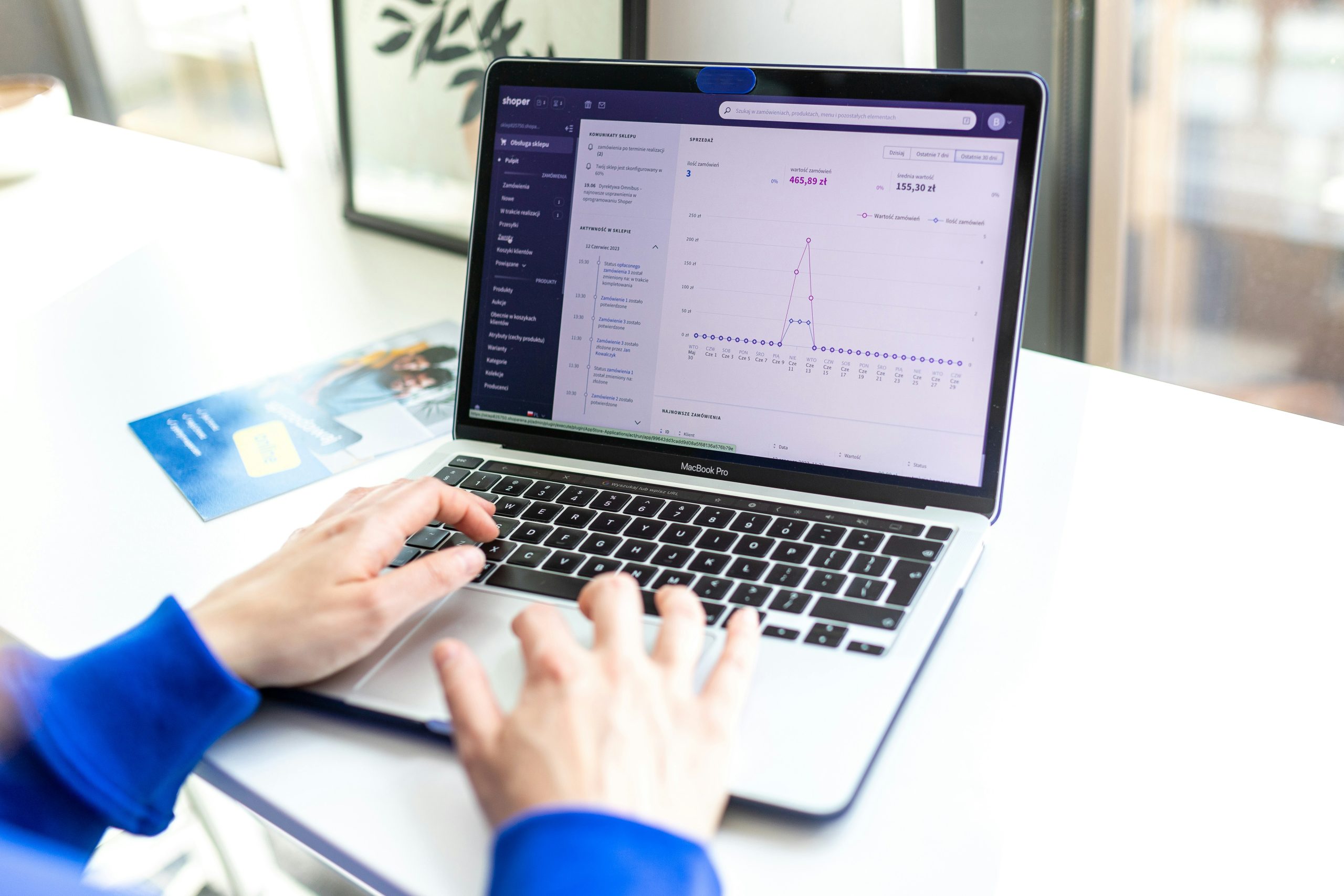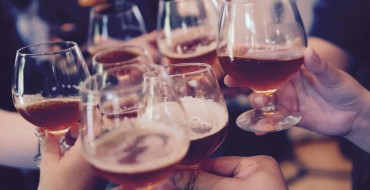In today’s rapidly evolving digital landscape, advertising alcohol has become an increasingly complex endeavor.
As consumer behaviors shift and new platforms emerge, liquor brands must adapt their marketing strategies to remain competitive.
This blog post will explore the key metrics and methods for measuring the impact of liquor advertising in the digital age, providing valuable insights for industry professionals seeking to optimize their advertisement for alcohol campaigns.
Engagement Metrics
In the realm of liquor advertising, understanding and leveraging engagement metrics is paramount to gauging the efficacy of promotional initiatives.
These metrics provide invaluable insights into the performance of ads for alcohol, enabling brands to refine their strategies and optimize their liquor advertisement endeavors.
Engagement encompasses a multitude of interactions, each contributing to a comprehensive assessment of the impact of liquor ads. The following key metrics warrant meticulous examination:
- Social Media Engagement Rates
- Website Traffic and Bounce Rates
- Email Open and Click-Through Rates
- Video View Rates and Completion Percentages
By meticulously tracking and analyzing these engagement metrics, brands can gain a comprehensive understanding of the impact of their advertisement for alcohol efforts.
This data-driven approach empowers marketers to make informed decisions, optimize their strategies, and ultimately enhance the effectiveness of their ads for alcohol campaigns in an increasingly competitive landscape.
Reach and Impressions
In the realm of advertising alcohol, reach and impressions serve as crucial metrics for gauging the efficacy and pervasiveness of liquor advertising campaigns.
Reach, in this context, pertains to the unique number of individuals exposed to an advertisement for alcohol, providing valuable insights into the breadth of the audience engaged.
Conversely, impressions encapsulate the aggregate number of times an ad for alcohol has been displayed, offering a quantitative measure of the campaign’s overall visibility. Key considerations for optimizing these metrics in liquor ads include:
- Defining the target audience with precision to ensure ads for alcohol reach the intended demographic
- Selecting appropriate media channels to maximize the reach of liquor advertising
- Monitoring and analyzing reach and impressions data to identify trends and adjust targeting strategies for advertisement for alcohol
- Balancing reach and frequency to optimize the impact of liquor ads without oversaturating the audience
By meticulously tracking and leveraging reach and impressions data, alcohol brands can make data-driven decisions to refine their advertising strategies, ensuring their message resonates with the right audience.
Conversion Tracking
In the realm of advertising alcohol, conversion tracking emerges as a pivotal component in gauging the success and return on investment (ROI) of marketing initiatives.
This sophisticated process allows brands to meticulously monitor and quantify the number of users who engage in a predetermined set of actions after exposure to liquor ads, providing invaluable insights into campaign performance. Key steps in implementing conversion tracking include:
- Defining conversion goals aligned with overarching business objectives
- Implementing tracking mechanisms to capture user interactions and conversions
- Analyzing collected data to calculate ROI and identify SEO opportunities
- Iteratively refining advertisement for alcohol based on data-driven insights
By leveraging the power of conversion tracking, alcohol brands can make informed decisions, allocate resources strategically, and continuously evolve their approach to liquor advertising in an increasingly competitive landscape.
This data-centric methodology enables marketers to craft highly targeted and effective ads for alcohol that resonate with their desired audience, driving meaningful business results and fostering long-term growth in the industry.
A/B Testing
A/B testing, also known as split testing, is a rigorous method for optimizing advertising alcohol campaigns by comparing the performance of two or more variations of an advertisement.
This scientific approach enables marketers to make data-driven decisions and continuously refine their ad strategies for maximum impact.
By systematically testing different elements within their advertisement for alcohol, brands can identify the most effective combination of factors that resonate with their target audience. Some key benefits of implementing A/B testing in liquor ads include:
- Improved conversion rates and return on ad spend (ROAS)
- Enhanced understanding of customer preferences and behaviors
- Increased confidence in marketing decisions based on empirical evidence
- Ability to rapidly iterate and adapt to changing market conditions
Ultimately, by leveraging the power of A/B testing, companies in the alcohol industry can develop highly targeted and persuasive ads for alcohol that drive measurable business results while maintaining a competitive edge.
Sentiment Analysis
Sentiment analysis is a powerful tool for alcohol brands seeking to optimize their advertising strategies and connect with target audiences effectively.
By leveraging advanced technologies such as natural language processing (NLP) and machine learning algorithms, marketers can gain invaluable insights into consumer perceptions surrounding liquor advertising campaigns. This data-driven approach enables brands to:
- Monitor online conversations
- Identify key themes and emotions
- Measure campaign effectiveness
- Adapt messaging strategically
- Mitigate potential risks
Sentiment analysis empowers alcohol brands to navigate the complexities of advertisement for alcohol with greater precision and adaptability to drive more effective campaigns and foster stronger connections with consumers.
Competitive Benchmarking
In the rapidly evolving landscape of advertising alcohol, competitive benchmarking has emerged as a critical tool for liquor brands striving to optimize their search engine marketing strategies and maintain a competitive edge.
This process involves conducting a comprehensive analysis of key performance indicators and tactics employed by other players in the liquor advertising space.
By meticulously examining the ads for alcohol produced by rival brands, marketers can glean invaluable insights into industry best practices, innovative approaches, and potential areas for differentiation. Competitive benchmarking typically encompasses the following key aspects:
- Market Share Analysis
- Creative Evaluation
- Media Mix Assessment
- Engagement Metrics
- Sentiment Analysis
Alcohol brands can make data-driven decisions, anticipate market shifts, and develop highly targeted and effective liquor ads strategies that resonate with their target audience and drive measurable results.
Measuring the impact of digital marketing on alcohol brands is a multifaceted process that requires a comprehensive approach.
By leveraging a combination of engagement metrics, reach and impressions, conversion tracking, A/B testing, sentiment analysis, and competitive benchmarking, professionals can gain understanding of their performance.
Armed with these insights, alcohol brands can continually refine their strategies to drive growth, foster brand loyalty, and thrive in an increasingly competitive digital marketplace.






